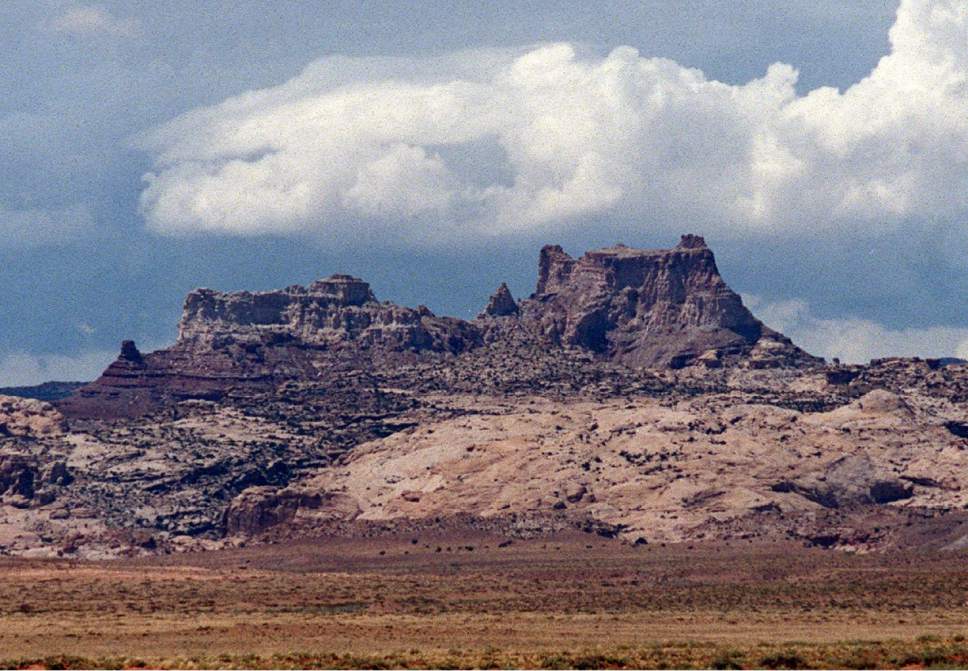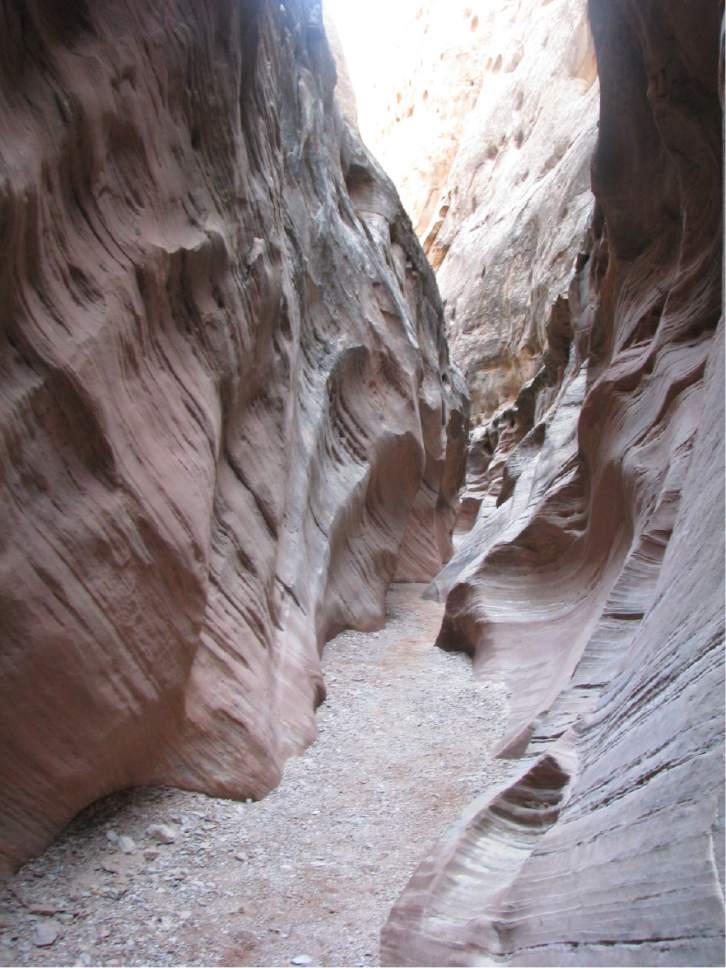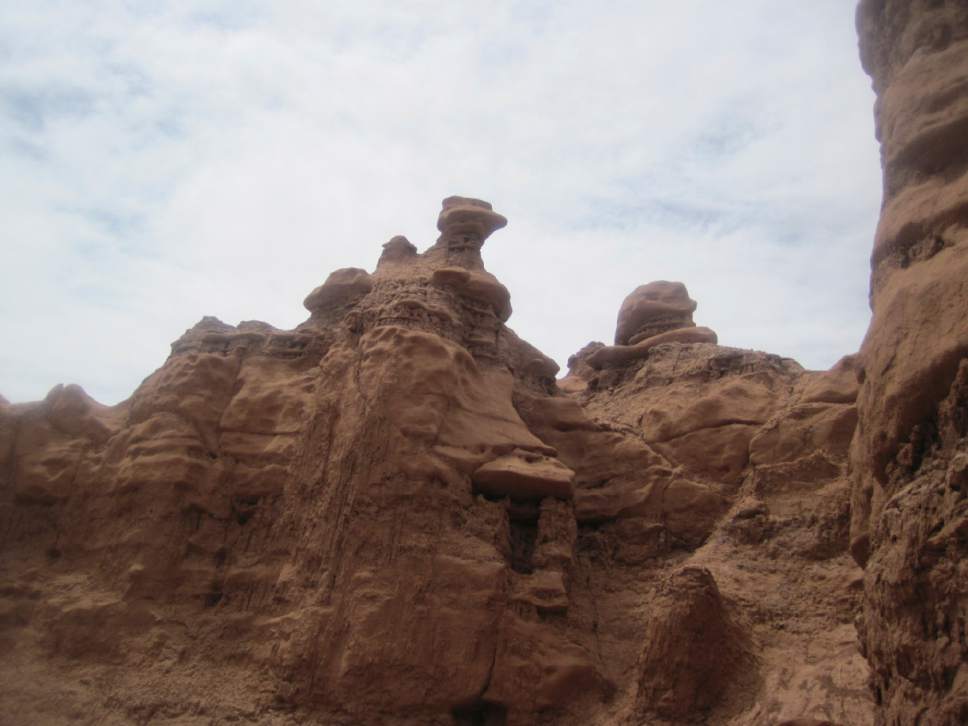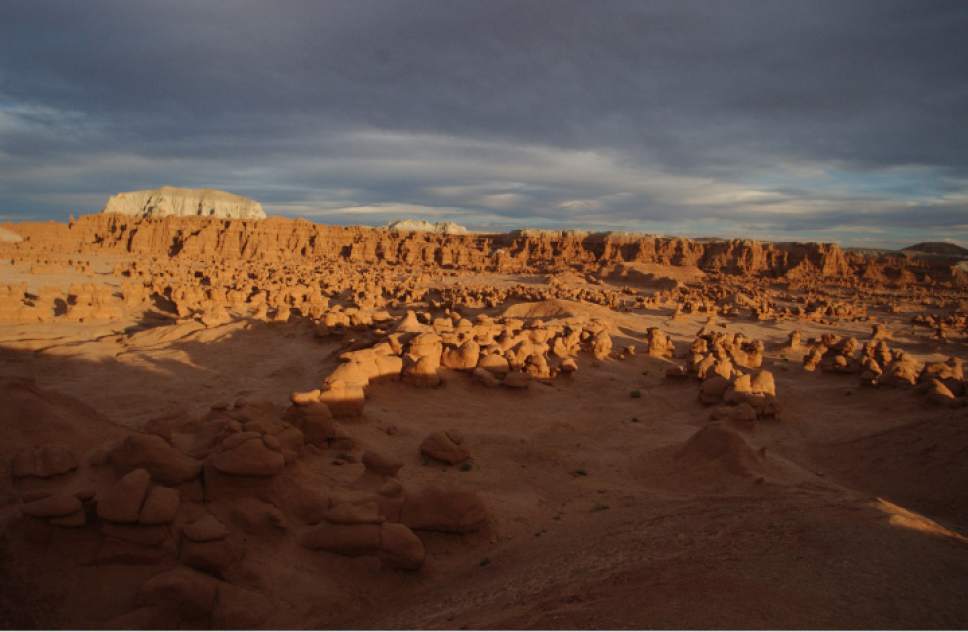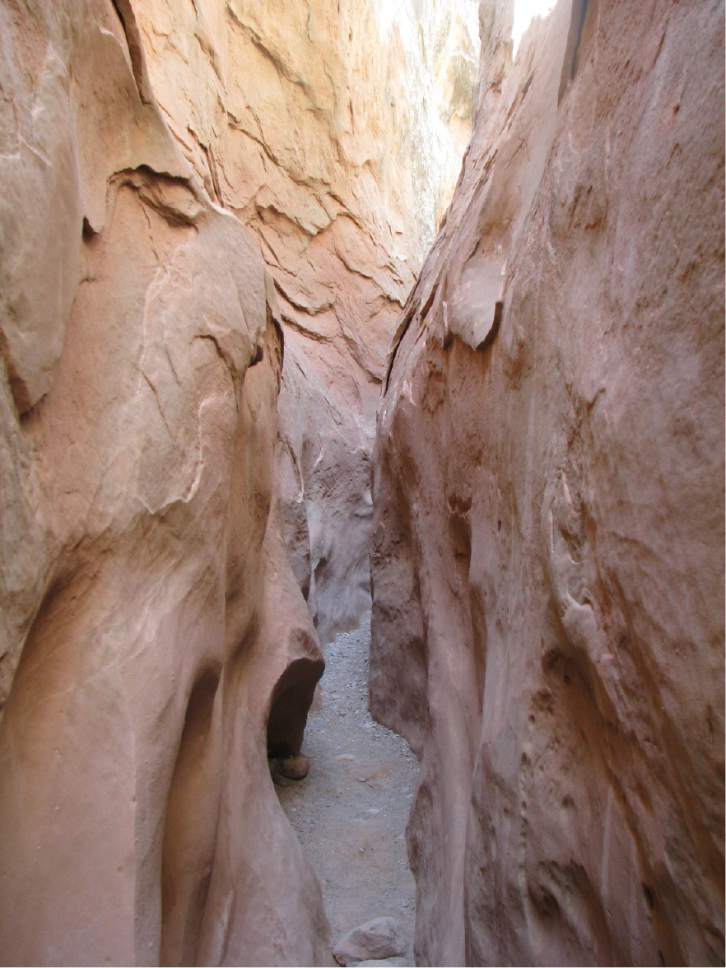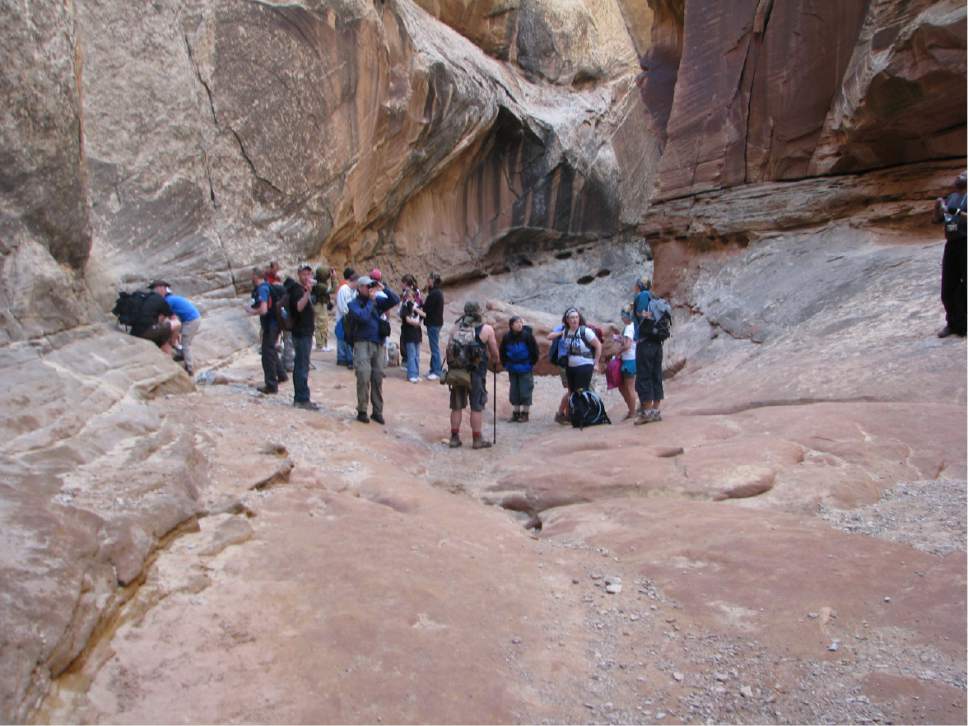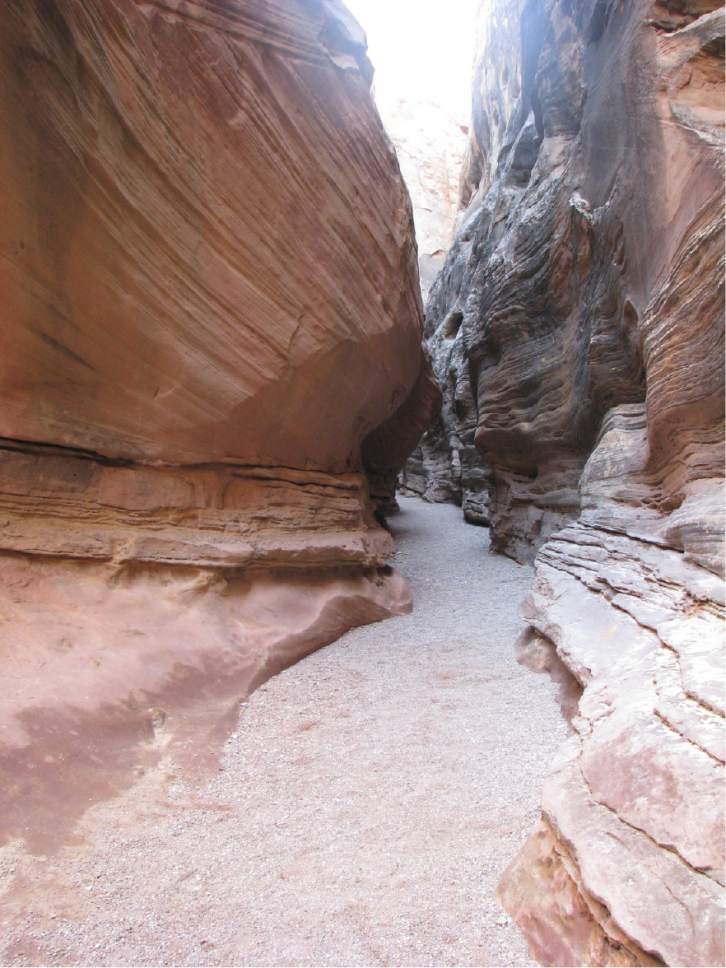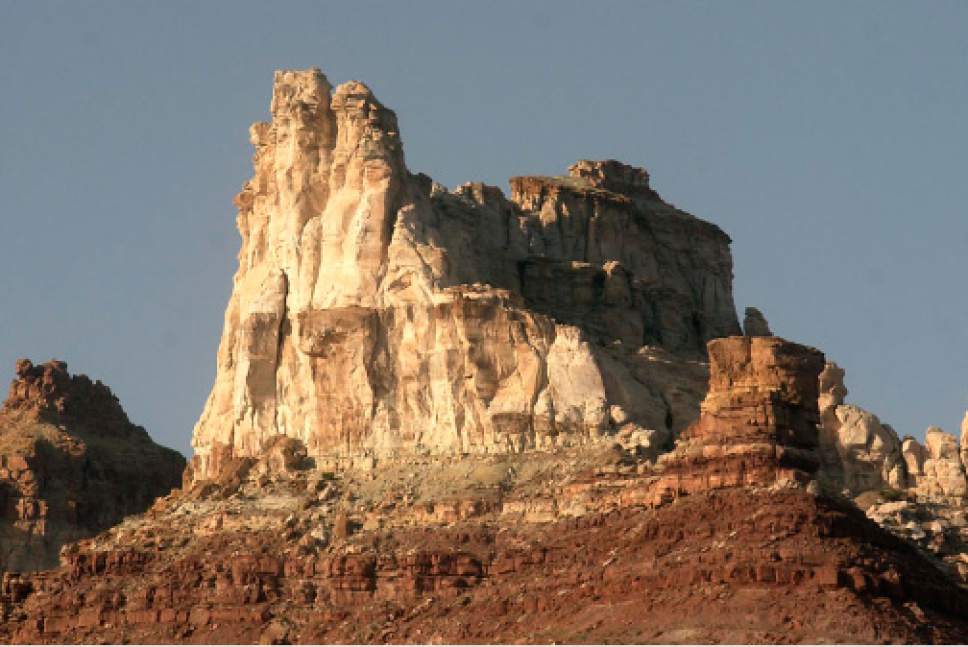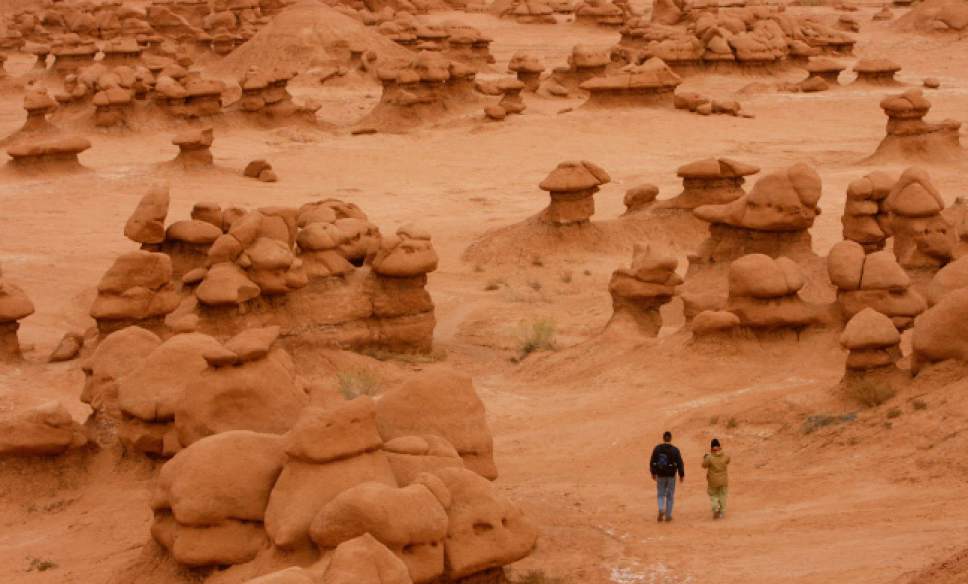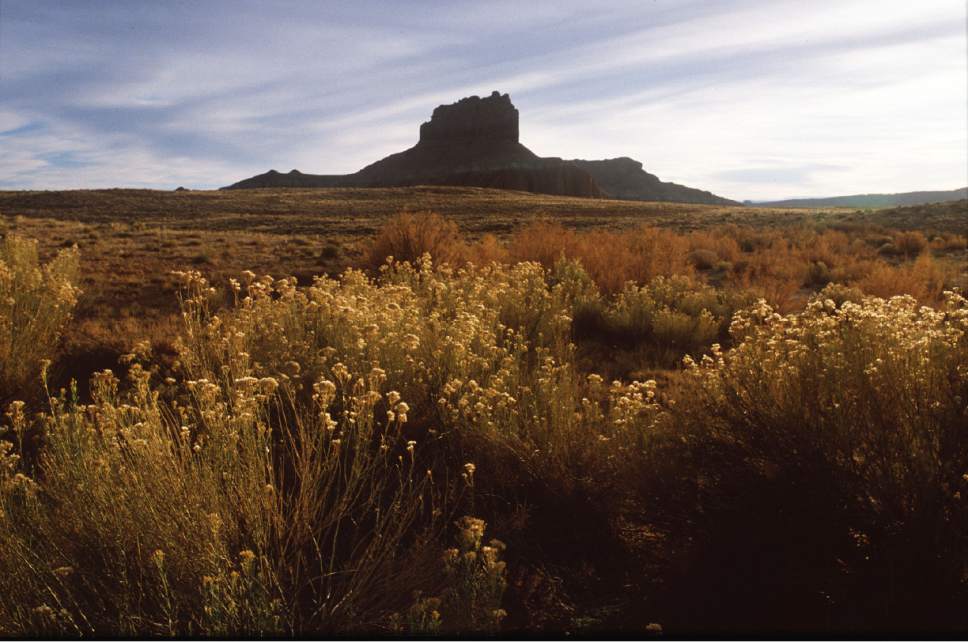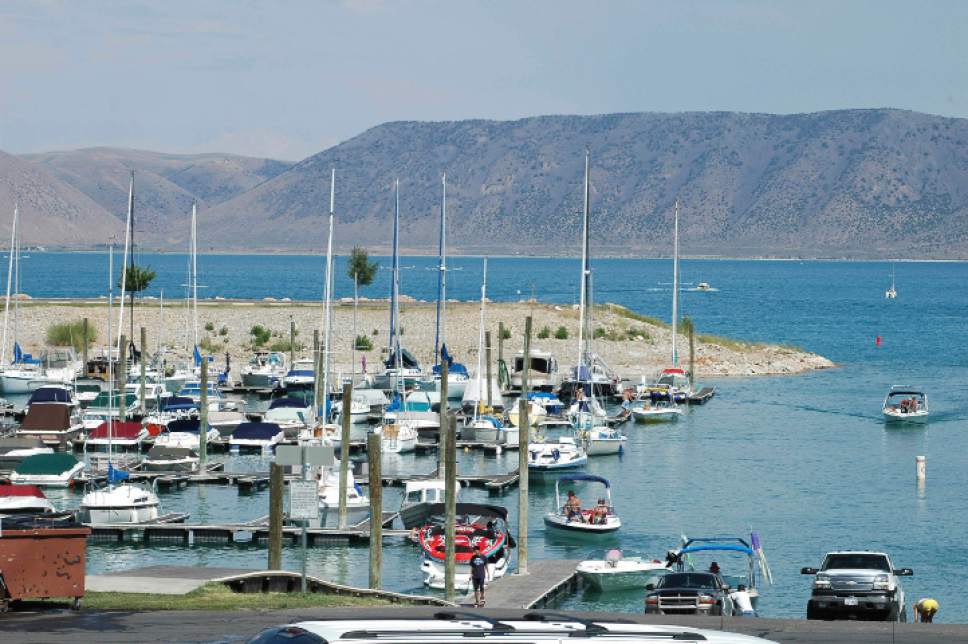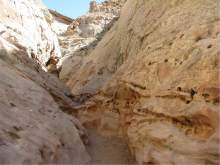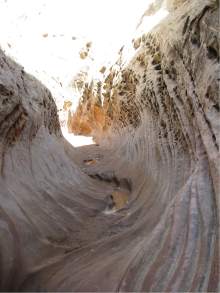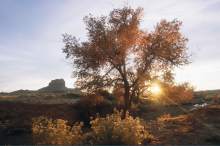This is an archived article that was published on sltrib.com in 2015, and information in the article may be outdated. It is provided only for personal research purposes and may not be reprinted.
Is it time for Utah to expand its 43-property system of state parks?
Fred Hayes, director of the division of State Parks and Recreation, thinks so, telling lawmakers that his agency has righted its finances and is attracting more and more visitors with new amenities and activities, such as zip lines at Yuba and Deer Creek reservoirs, yurts and bike trails at Dead Horse Point, and an archery course at Starvation Reservoir.
On deck are plans to double the size of the Bear Lake marina and greatly expand Goblin Valley and Goosenecks state parks.
"Expansion should be more than growth. It should enhance the overall recreational estate," he recently told the Natural Resources, Agriculture and Environmental Quality Interim Committee. "The best growth is controlled on a pay-as-you go basis. They should be able to pay their own bills."
State Parks was obliged to restructure its operating model four years ago after a scathing audit that found some parks received unacceptably large subsidies. Now the parks are run more like businesses.
Hayes has unveiled a 10-year plan that includes the idea of having a park in all 29 Utah counties. Five counties lack state parks: Daggett, Tooele, Weber, Beaver and Wayne. There are no immediate plans to establish parks in these counties, but State Parks has looked into acquiring recreational properties that soon may become available at Echo Reservoir in Summit County and Valley of the Gods in San Juan County.
"This process is really preliminary. It's less of a plan than a discussion-starter," Hayes said. "We know there are economic benefits of having a state park in a rural county."
Parks visitation shot up to 4.5 million in 2015, an 11 percent boost over the preceding year.
Hayes credits expanded recreational opportunities at the parks, but also gave a nod to cheap gasoline and Utah's "Mighty Five" marketing campaign promoting the national parks.
So many European and U.S. tourists are now clogging Bryce Canyon, Arches and Zion that these parks exceed capacity on busy weekends. Southern Utah visitors turn to state parks to avoid crowds and look for new vistas, Hayes said.
His point is well-illustrated at Dead Horse Point State Park, located near Arches and Canyonlands national parks. This year, it became the most heavily visited state park, with 383,000 visitors, up from 266,000 two years before.
The state is spending $5 million to double the Dead Horse Point campground and another $4 million on upgrades at Red Fleet State Park, developed 50 years ago on the shores of the reservoir north of Vernal.
"It is essentially a parking lot," Hayes said. "That worked in the 1960s. Today's 40-foot motor homes have nowhere to go."
Hayes has big plans for tiny Goosenecks State Park, a 10-acre patch overlooking looping bends in the San Juan River near Mexican Hat. He is proposing to incorporate surrounding Bureau of Land Management lands into the park and add a campground, day-use amenities, hogans for overnight rental, bike and ATV trails, and an American Indian arts market.
But the biggest plans are for Goblin Valley, which is looking to add nearby BLM and state trust lands ringing the San Rafael Reef. This idea is incorporated in Emery County's proposal for the public land process unfolding in Congress. These public lands are in dire need of trailheads, restrooms, parking lots and other improvements to accommodate growing hordes of outdoor recreationists.
"This is an area that is in terrible shape. It has been overused," Hayes said. "We want to create some facilities that will enhance recreation opportunities and clean it up."
Lawmakers were particularly encouraged that an expanded state park in the area would facilitate greater ATV access into the San Rafael Swell — the scenic landscape of canyons and sandstone west of the park.
State Parks' costliest proposal is the Bear Lake marina, expected to require $39 million to build 300 more slips at the Garden City hot spot and develop an entrance road that would eliminate traffic snarls on U.S. Highway 89.
But it would take 50 or more years for the project to pay for itself, prompting lawmakers to question whether slips fees should be raised to reflect market rates or to develop a marina at Rendezvous Beach on the Bear Lake's south shore.
Also slated for an upgrade is the Great Salt Lake Marina. The struggling sailboat haven will undergo a $1.5 million dredging to keep the marina usable as the lake continues to recede.
This spring, 160 sailboats were yanked from the marina in the face of fears that ever- dropping lake levels would strand deep-keeled vessels. Only 23 boats, plus a dinner-cruise yacht and a rescue boat, remain in the marina, with dozens in dry storage in the parking lot, according to harbor master Dave Shearer.
Were those boats moored in the marina, the owners would each be paying at least $125 in monthly slip fees. The removal of those 160 boats represents an annual loss of $240,000 to the state parks agency. The dredging project, hoped to be completed by next spring, is undergoing design and engineering.
"We are thinking about how much material needs to be removed [from the harbor floor]," Shearer said. "We need to figure out where to put the spoils."


